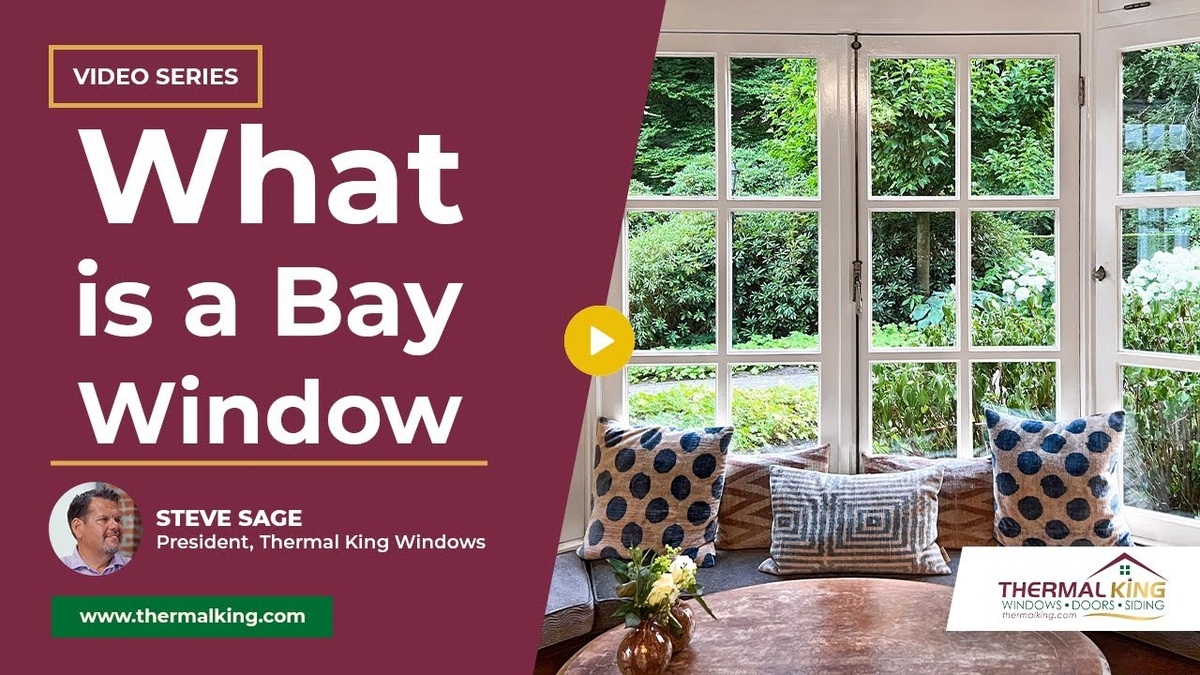Ever wondered why some homes stay cozy in the winter without cranking up the heat, while others feel like an oven in the summer no matter how much the AC runs? The secret often lies in the windows. Two key factors—Solar Heat Gain Coefficient (SHGC) and U-Value—determine how well your windows manage heat, and understanding them can make all the difference in your home’s comfort and energy costs.
Let’s break down what SHGC and U-Value mean, how they impact your home’s efficiency, and how choosing the right windows can help you stay comfortable year-round while keeping your energy bills in check.
What is Solar Heat Gain (SHGC)?
One of the first things to understand about window efficiency is SHGC, or Solar Heat Gain Coefficient. Think of it as the measurement of how much heat from the sun a window allows to pass through. To put it into real-life terms:
Imagine it’s the middle of winter, and the air outside is a brisk 20°F. The sun is shining, and as you walk through the parking lot, the air around you feels chilly. But when you open the door to your car and sit inside, you find it surprisingly warm—even though the outside temperature hasn’t changed. This is solar heat gain in action: sunlight passes through the car’s windows, and the glass magnifies the heat. The warmth builds up inside the car, creating a more comfortable environment despite the cold outside.
Windows work similarly in our homes. They allow sunlight to enter and naturally heat our living spaces, which can reduce heating costs in the winter. However, this effect isn’t always desirable, especially in the summer months when excessive solar heat can make a home feel uncomfortably warm. That’s why it’s essential to choose a window with the right SHGC value based on your climate and home’s orientation to the sun.
Why SHGC Matters for Your Home
The SHGC of a window is expressed as a number between 0 and 1. This number represents the percentage of solar radiation that can pass through the window. Here’s what those numbers mean:
- Higher SHGC: A higher SHGC value means the window lets in more heat. This can be ideal for colder climates where you want to maximize solar heat gain to reduce heating costs.
- Lower SHGC: A lower SHGC value means the window allows less solar heat to enter. This is better suited for warmer climates where cooling costs are a concern, as it helps keep interiors cooler during the hot months.
By selecting a window with an SHGC appropriate for your region, you can make a significant difference in your home’s comfort and energy bills.
What is U-Value?
Next, let’s talk about the U-Value, another critical factor in window performance. Unlike SHGC, which measures the heat that comes in, the U-Value measures how well a window insulates and prevents heat from escaping.
Think of U-Value as the window’s overall efficiency rating. The U-Value indicates how well a window keeps the warm air inside during winter and keeps the heat out during summer. The lower the U-Value, the better the window insulates. Essentially, a window with a lower U-Value offers higher insulation, resulting in greater energy efficiency.
Breaking Down U-Value Ratings
To help make sense of U-Value measurements, here’s a general breakdown:
- High U-Value (close to 1.0): A high U-Value means the window has lower insulating capability, allowing more heat transfer. This translates to a less energy-efficient window, which could increase heating and cooling costs.
- Low U-Value (closer to 0): A low U-Value means the window provides better insulation, which is ideal for maintaining a consistent indoor temperature and lowering energy expenses.
Most modern double-pane windows have U-Values between 0.4 and 0.29, with lower numbers indicating better insulation. Triple-pane windows, which offer even greater efficiency, may have U-Values as low as 0.20 or lower, depending on the size and specific construction of the window.
When we talk to homeowners, they sometimes wonder how much of a difference there is between a U-Value of 0.29 and 0.20. While it may seem small, that difference represents a 30% increase in insulation efficiency, which can make a noticeable impact on energy savings over time.
Comparing SHGC and U-Value: Why Both Matter
So, now that we’ve covered the basics of SHGC and U-Value, let’s look at why it’s essential to consider both when choosing windows for your home.
- Climate Considerations: In colder climates, higher SHGC values and lower U-Values can help maximize natural heat and improve insulation. In contrast, homes in warmer regions benefit from lower SHGC and U-Value ratings to reduce indoor temperatures and energy costs.
- Seasonal Comfort: SHGC helps manage heat gain from sunlight, while U-Value ensures your window insulates against temperature fluctuations, creating a more comfortable indoor environment throughout the year.
- Energy Savings: By selecting the right combination of SHGC and U-Value, you can significantly reduce heating and cooling costs, resulting in long-term savings.
For example, in regions where summers are hot and winters are mild, windows with low SHGC and low U-Value ratings are ideal to keep homes cool and energy-efficient. On the other hand, colder regions can benefit from windows with a higher SHGC to capture solar warmth, coupled with a low U-Value to keep that warmth inside.
In Summary
Understanding the difference between window SHGC and U-Value is key to finding windows that deliver both comfort and energy efficiency. The SHGC measures how much solar heat a window allows to enter, which helps determine the heat gain from sunlight. In contrast, the U-Value assesses the window’s insulating capacity, showing how well it prevents indoor heat from escaping.
When selecting new windows for your home, consider options that offer the right balance of window SHGC and U-Value for your climate and unique requirements. Making an informed choice can result in lower energy bills and a more comfortable home throughout the year.
Contact us today to learn more about how choosing the right windows can enhance your home’s energy efficiency and comfort.



